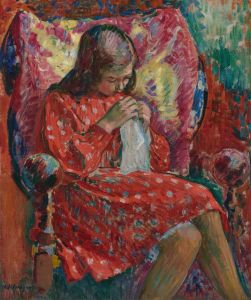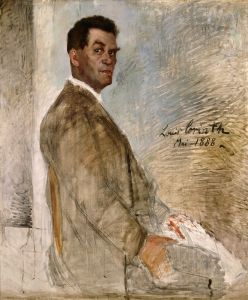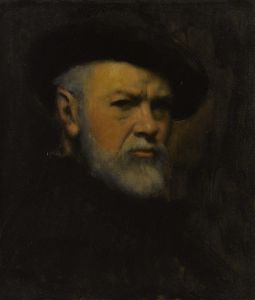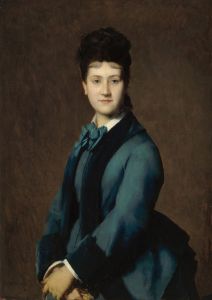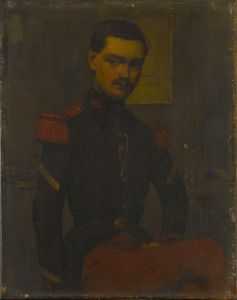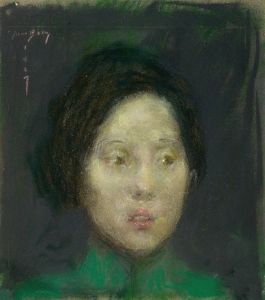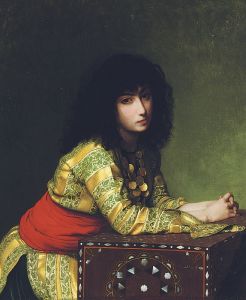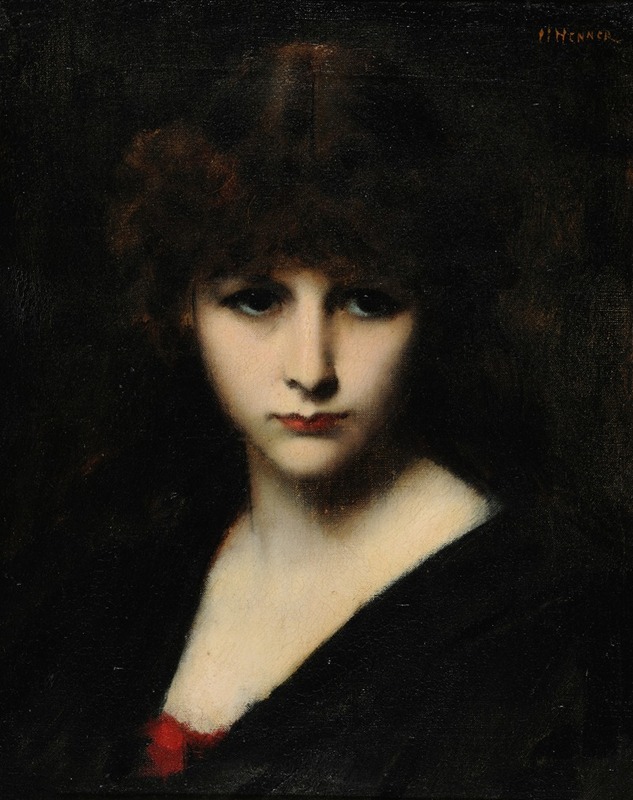
Candeur
A hand-painted replica of Jean-Jacques Henner’s masterpiece Candeur, meticulously crafted by professional artists to capture the true essence of the original. Each piece is created with museum-quality canvas and rare mineral pigments, carefully painted by experienced artists with delicate brushstrokes and rich, layered colors to perfectly recreate the texture of the original artwork. Unlike machine-printed reproductions, this hand-painted version brings the painting to life, infused with the artist’s emotions and skill in every stroke. Whether for personal collection or home decoration, it instantly elevates the artistic atmosphere of any space.
Jean-Jacques Henner, a notable French painter of the 19th century, is renowned for his distinctive style that often combined elements of realism and idealism. One of his works, "Candeur," exemplifies his artistic approach and thematic focus. Henner was born in 1829 in Bernwiller, Alsace, and he became a prominent figure in the French art scene, particularly known for his portraits and nudes.
"Candeur," which translates to "Candor" in English, is a painting that reflects Henner's fascination with the human form and his ability to convey emotion through subtle nuances in his work. Although specific details about the painting's creation, such as the exact year it was painted, are not widely documented, it is consistent with Henner's broader oeuvre, which often explored themes of innocence, purity, and the ethereal qualities of the human figure.
Henner's technique in "Candeur" likely showcases his characteristic use of soft, diffused lighting and a limited color palette, which he employed to create a sense of timelessness and serenity. His brushwork is typically smooth and delicate, contributing to the gentle and dreamlike quality of his paintings. This approach allows the viewer to focus on the subject's expression and form, emphasizing the emotional depth and introspective nature of the piece.
The subject of "Candeur" is presumed to be a female figure, as Henner frequently depicted women in his work, often exploring themes of beauty and vulnerability. His portrayal of women was not merely about physical likeness but also about capturing an inner essence or spirit. This aligns with the title "Candeur," suggesting a sense of honesty and purity that Henner sought to express through his art.
Henner's work, including "Candeur," was well-received during his lifetime, earning him several accolades and a respected place in the art community. He was awarded the prestigious Prix de Rome in 1858, which allowed him to study in Italy and further develop his style. His experiences in Italy, particularly his exposure to Renaissance art, greatly influenced his approach to painting, evident in the classical composition and serene beauty of his works.
Today, Jean-Jacques Henner's paintings, including "Candeur," are appreciated for their technical skill and emotional resonance. They are housed in various collections and museums, with the Musée Jean-Jacques Henner in Paris dedicated to preserving and showcasing his legacy. This museum offers insight into his life and work, providing context for understanding the significance of paintings like "Candeur" within the broader scope of 19th-century French art.
Henner's ability to blend realism with an idealized vision of humanity continues to captivate audiences, and "Candeur" remains a testament to his artistic vision and mastery. Through his work, Henner invites viewers to reflect on the beauty and complexity of the human experience, a theme that resonates as strongly today as it did in his own time.





